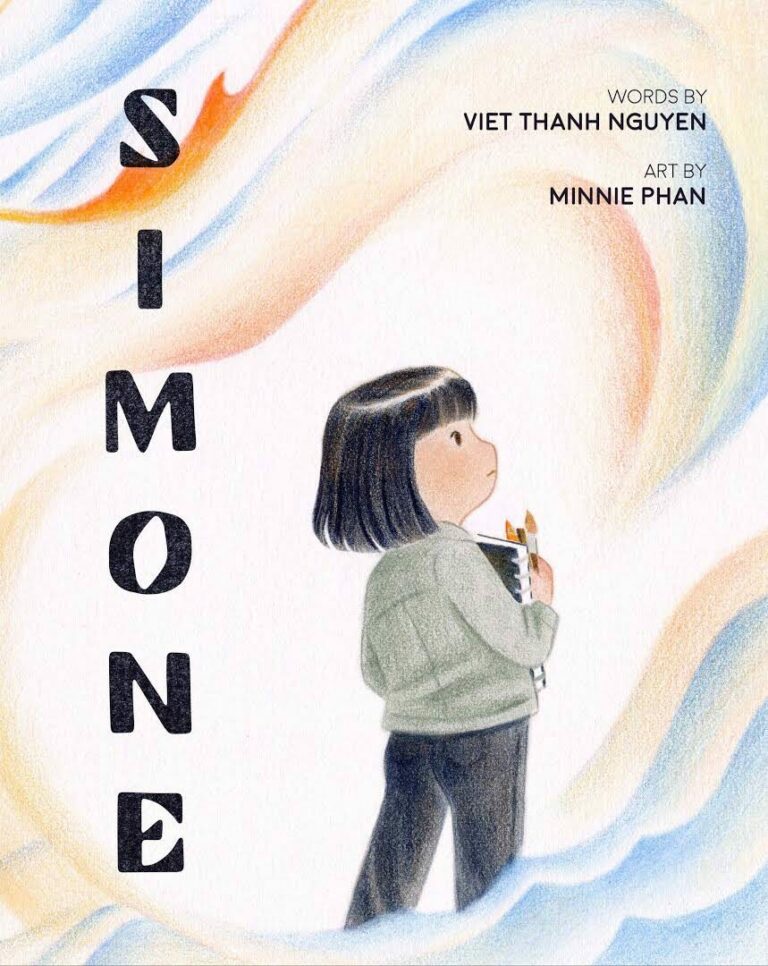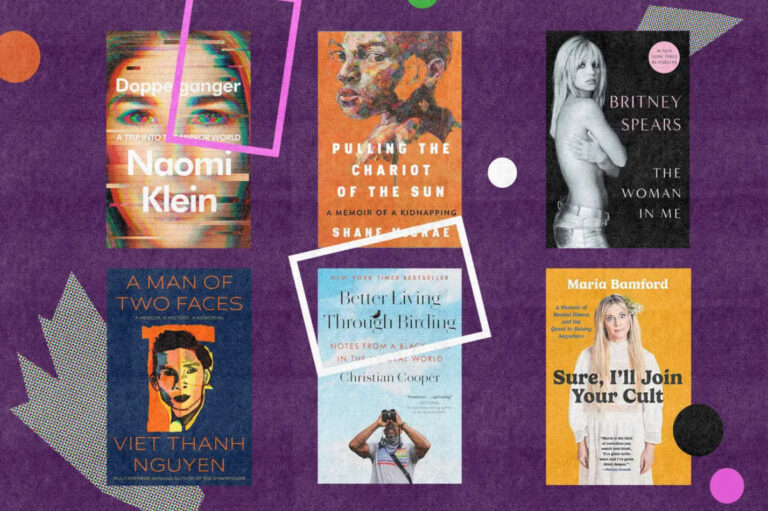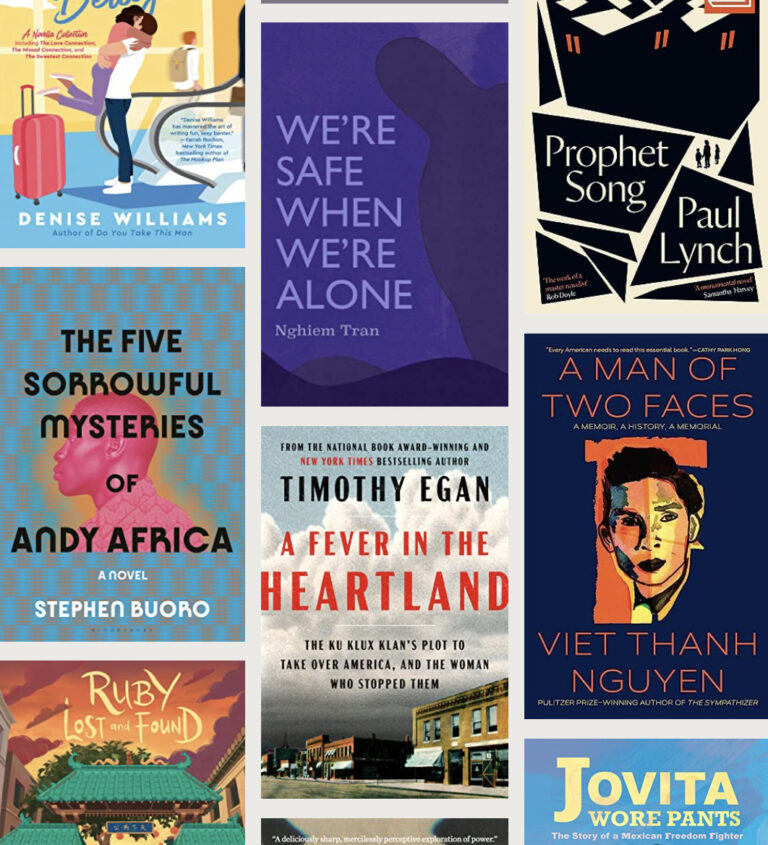Andrea Yew of Singapore Unbound examines the themes of identity, displacement, and trauma in Viet Thanh Nguyen’s The Refugees.

In a time characterized by political instability and virulent polemics, Viet Thanh Nguyen’s collection of short stories The Refugees is a much-needed mediation about the experience of displacement. From the young Vietnamese refugee who is haunted by the loss of her brother, to the wife who is slowly being eclipsed by the memory of another woman in the fog of her husband’s dementia, Nguyen explores with great sensitivity the trauma that often accompanies diaspora.
As a Singaporean reader who has never experienced war and displacement, I did not expect Nguyen’s collection to resonate with me as much as it did. The Refugees, which explores the aftermath of displacement not only from the perspective of those displaced, but also from the perspective of subsequent generations, hit much closer to home than expected. I am, after all, a third-generation Singaporean whose grandparents were immigrants themselves, and survivors of war. Furthermore, while the experience of leaving is a central concern in Nguyen’s collection, it is not the book’s sole focus. It is a background hum in all eight short stories. While the characters are united by the collective experience of leaving Vietnam, The Refugees focuses on the more universal questions of identity and relationships. By focusing on what happens after displacement, the volume takes stock of our private traumas, the traumas that make us who we are.
As the opening story Black Eyed Women asks, “Does it still hurt for you?” Nguyen’s collection explores the ways in which characters navigate the trauma of displacement. However, what is striking about Nguyen’s presentation is his move away from a simplistic representation of the experience of displacement that typically associates the act of leaving with the fragmenting of identity, characteristic of trauma. Instead, Nguyen’s collection explores the nuances of the experience by locating the fragmenting of identity not in the physical act of leaving, but in a subtler shift in one’s moral compass, catalyzed by the act of leaving. Here, the fragmenting of identity is captured through the exploration of transgression and how transgression can render one a stranger to one’s self. This is most clearly seen in The Other Man, which narrates the experience of a refugee, Liem, seeking shelter in San Francisco with two gay men, Marcus, who is Chinese, and Parrish, who is white. Here, trauma is not located in the physical act of displacement, but rather, in Liem’s indiscretions with Marcus. This is interesting as the cause of Liem’s fragmentation of identity is located in the moral transgression of adultery, against his host no less. Liem’s discomfort in Vietnam at the mere suggestion of homosexuality—“The small hairs on his arms and on the back of his neck stiffened … whenever another boy … had brushed his elbow”—suggests an internalized homophobia. However, as the story unfolds, it becomes clear that Liem’s cultural conservatism is located not in his sexuality but instead, in his respect for the sanctity of marriage, evinced by his guilt when he receives his first letter from his father and stares at the blue envelope “as if it were an anonymous letter slipped under an adulterer’s door.” The sentence at once locates Liem’s guilt (“adulterer’s door”) and signals the beginning of the fragmentation of his identity (“anonymous letter”) as he distances himself from a past that he previously “yearned for.” If a sense of self is inextricably tied to one’s morality, such a seismic shift destabilizes one’s personal identity. In becoming the other man to Marcus and Parrish’s relationship, Liem becomes Othered to himself as well. The story’s end beautifully illustrates this:
“When he raised his hand, his reflection raised its hand, and when he touched his face, the reflection did the same, and when he traced the curve of his cheek and the line of his jaw, so, too did the mirror image. Why, then, did he not recognize himself? And why did he see right through himself to the dark street outside?”
The emphasis on the disjuncture between Liem and his reflection evocatively captures his fragmentation of identity. The shift in one’s morality is beautifully captured in the image of seeing darkness in one’s self, which is in turn associated with the streets of San Francisco, linking the idea of change, the city and a change of identity together in a singular, poignant episode. The suggestion that it is something within Liem that has changed foregrounds the notion that it is less outwardly noticeable things, such as the shift in one’s morality, that are truly the source of trauma in displacement. One’s moral compass is an intimate product of personal upbringing and societal conventions; it is symbolic of one’s personal history. Hence, a change in values signals a more fundamental form of displacement, representing not only a break from one’s homeland, but within one’s self. It is Nguyen’s rendering of the nuances of the experience of displacement that makes the collection a sensitive and thoughtful one.
What is also striking about Nguyen’s collection is his multidimensional consideration of the experience of being a refugee by bringing in characters who are not refugees in the traditional sense. In the evocative story “The Americans,” an American bombardier who fought in the Vietnam war, James Carver, returns to Vietnam at the behest of his daughter, Claire. What struck me about the story was the way in which Nguyen avoids demonizing him, though the veteran must have contributed to the refugee crisis. What Nguyen gives us, instead, is a fatally flawed man. This is most clearly illustrated in the scene in which Claire confronts James about his part in the war. Rather than being simply guilt-ridden, James feels “outrage and self-pity…. He has never explained to Claire the difficulty of precision bombing, aiming from forty thousand feet at targets the size of football fields, like dropping golf balls into a coffee cup from the roof of a house.” Although James’s focus on the difficulty of the task reeks of insensitivity at the very least, it is also difficult to villainize a man who cannot fully comprehend the impact of his actions. As James recounts his experiences as a bombardier, it becomes clear that, flying on his missions, he had not imagined the bombs exploding, but saw them later “on film.” Crucially, the dissociation of James from the act of bombing does not excuse his actions, but rather, humanizes him: he allowed himself to be used as a tool in the war, not unlike the B-52 he flew. A fever-induced dream suggests his guilt about the war, but the memory of holding the hand of a scared young Claire in the dark humanizes his role in the war as an act of protection for all that he loves. The juxtaposition of dream and memory indicates the contradictory, and confusing, legacy of the war. As he retorts when confronted by Claire, “You don’t understand anything. We coddled you so you wouldn’t have to worry about the things we worried about.” Critically, Nguyen does not absolve James from blame, as James’s dream is suggestive of his guilt. However, although James is not an innocent, his actions are understandable. In this manner, Nguyen’s collection encourages the reader to confront and rethink the simplistic binary of victim and victimizer that is predicated on stereotypes.
Nguyen’s collection interrogates and challenges stereotypes on multiple fronts. This is most aptly seen in the last story in the collection “Fatherland,” in which the American-born Vivien visits Vietnam for the first time, and meets her stayed-at-home sister and namesake Phuong. Even as a young woman, Vivien seems to have accomplished all that Phuong dreams of accomplishing. However, Vivien’s accomplishments are but a façade. The story ends with Phuong burning the photographs that Vivien took to document her visit to Vietnam. As Phuong states,
“she couldn’t help pausing to admire for a moment the clear and depthless sky into which the ashes vanished, an inverted blue bowl of the finest crystal, covering the whole of Saigon as far as her eyes could see.”
This cathartic image is significant as Phuong once viewed Saigon as stifling, remarking to her sister that “the country itself was not big enough for the desires of her heart.” However, in the final image, Saigon is transformed from a suffocating place to a bowl of “the finest crystal,” suggesting value and beauty, and reflecting Phuong’s change in perception. In this scene, it becomes apparent that Phuong’s view of Saigon as stifling is predicated on the romanticization of the West. Would-be immigrants equate America with a better life. However, Nguyen subtly challenges this notion by suggesting that leaving does not entail a better life, but a different one. It is this distinction that makes for a vital re-presentation of the dialectic between Vietnam and America.
Although the collection is dedicated to “all refugees, everywhere”, Nguyen masterly resists the generalization of an essentially private experience. This is reflected in the collection’s structure, eight short stories about very different people. A short-story collection presents an album of snapshots and so resists a single narrative of trauma. By presenting a bricolage of voices, Nguyen avoids the homogenization of essentially individual experiences. The resistance against generalization is also enhanced by the interpretative gaps Nguyen repeatedly establishes. For instance, in “The Other Man,” the story enigmatically ends with an image of Liem looking out onto the street and reflecting,
“Then the men passed by, and long after they had vanished into the shadows he was still standing with his hand pressed to the window, wondering if someone, behind blinds and curtains, might be watching.”
The story’s puzzling end is characteristic of the collection. On one hand, it suggests the fear of being judged through the idea of being watched, indicative of Liem’s guilt. On the other, it could also suggest a desire to anchor his identity on the image he presents to others (“bare-chested and arms akimbo, his hair slicked back”). The lack of a definite ending establishes an interpretative gap for the reader. This gap becomes especially significant in the presentation of trauma. For while trauma demands representation, it also resists the conventional narratives that would reduce its individuality.
However, this strategic ambiguity can at times be frustrating for the reader. While the enigmatic endings contribute to the representation of trauma, they can also alienate the reader who is hunting for a “message”. As if to guide such a reader, Nguyen plants a theory of storytelling in the very first story “Black Eyed Woman.” As the narrator states at the end, “Stories are just things we fabricate, nothing more. We search for them in a world besides our own, then leave them here to be found, garments shed by ghosts.” To add “nothing more” suggests that there is no extractable meaning to be taken from them. Stories, here, are positioned as a medium of liminality between our present lives and what we have left behind. Stories stand as a testament to the experience of working through trauma through the art of storytelling (“fabricate”) but they cannot be held up as representations of our current lives, or even of those whom we have left behind (“garments shed by ghosts”). In this way, Nguyen is careful not to present narratives as a cure for trauma.
Instead, The Refugees is very much about the art that comes out of our pain. It does not present storytelling as a form of therapy, but rather encourages us to widen our empathy through understanding. Nguyen’s collection is a sensitive and nuanced representation of the experience of displacement. The kaleidoscope of viewpoints makes it a captivating read.
Andrea Yew graduated from the University of Edinburgh and is currently an educator based in Singapore. She is a participant in the Young Critics Mentorship Program. Her creative work has been included in the inaugural issue of Sacroscant, a publication by Singapore’s Book Actually. Her academic work can also be found in Southeast Asian Review of English. Andrea does Brazillian Jiu Jitsu in her spare time when she is not buried under a pile of marking.


